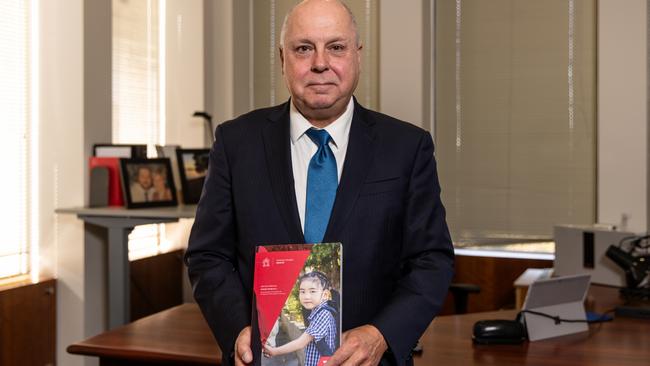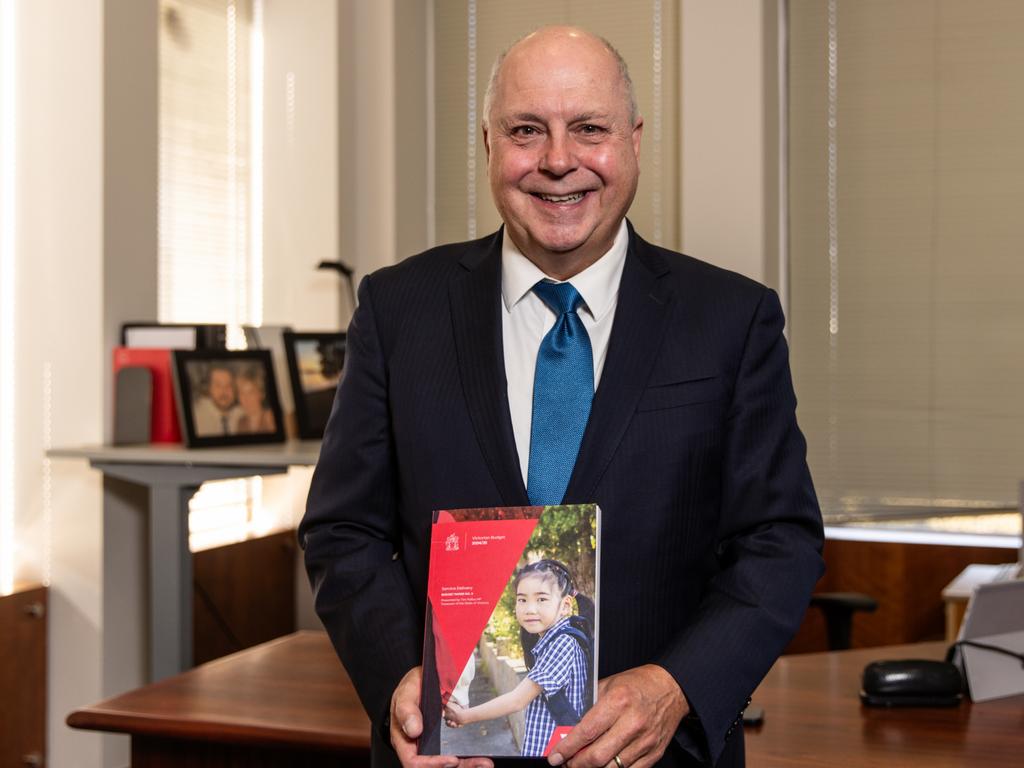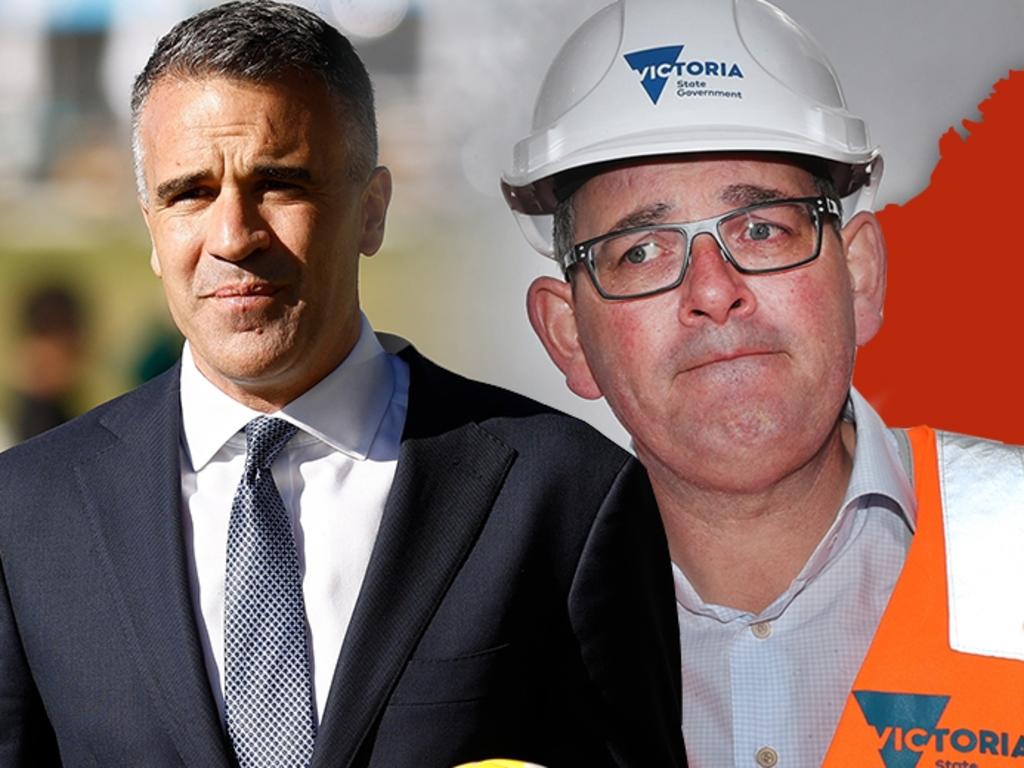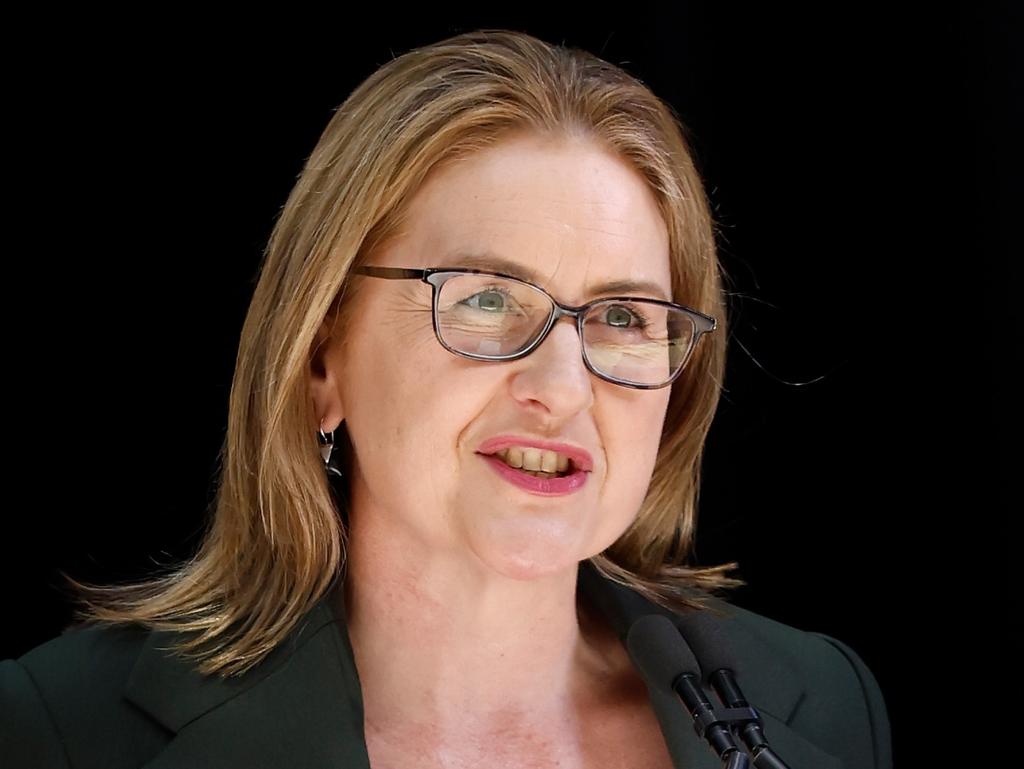
Tim Pallas’s tenth budget does very little to change the settings and direction of Victoria’s debt-addled finances.
The brakes have been applied to capital spending – feathered, really – and there is some evidence that Labor understands the mess it has engineered.
But it’s not planning to do a whole lot about it.
In a political sense, it has gambled on the assumption that the less pain it inflicts on the voting community, and the more largesse it offers, the more likely it can win the 2026 election.
There are deep contradictions in the numbers, with net debt still forecast to soar to just under $190bn by 2027-28, and expenses will grow over time. Victoria’s numbers are a graphic warning to NSW about what not to do.
The Allan government has doubled down on the horrendously expensive Suburban Rail Loop. The SRL – with an undetermined final bill of as much as $125bn but the first stage costing about $35bn – will go ahead at least in its infancy despite the Victorian debt mountain.
Pallas is sticking with his strategy of growing the Victorian economy and thereby shrinking the debt in percentage terms, but over time. He is unapologetic about this, stating repeatedly that Labor needed to balance the imperative of providing services and of not wrecking the economy, which is broadly strong on key measures including unemployment.
The budget probably kills the $10bn Melbourne Airport rail project, pledges to eliminate pandemic-era special initiatives, and delays some early childhood and mental health promises.
So there are some cuts.
But they appear modest and the critics will argue they are fundamentally cosmetic.
The budget papers show the tax take will soar by $6bn over the forward estimates to help pay for the overspending that occurred in the first decade of Labor in power.
The challenge the state faces is underlined by the $9.4bn in annual interest rate payments, money that will inhibit the government’s ability to deliver services. Despite all this, Pallas believes the economy is heading in the right direction. “We are on track with our fiscal strategy,’’ he said on Tuesday.
Which ostensibly is to play around the edges until the economy expands enough to make the debt low-impact.
Despite the claims of fiscal rectitude, total government sector expenditure is expected to hit close to $100bn in 2024-25 and total revenue is forecast to hit close to $100bn over the same period. This leaves us, largely, with situation normal both in budgetary and political terms, although acknowledging the modest cuts and where they have been made.
Premier Jacinta Allan wandered into the budget lockup on Tuesday, following predecessor Dan Andrews, who did the same thing last year. If Allan really wanted to clean up the numbers, Tuesday was the day to do it. Instead, Victorians can probably expect more of the same in the run-up to the 2026 election, which sets up a real challenge for the state Coalition.
It’s rare for modern oppositions to expect to win an election promising swingeing cuts.
The longer Labor pushes ahead with the SRL, the harder it will be to unwind. That means in 2½ years the rail loop may be so baked into the numbers there will be limited savings that can sensibly be made.
So whoever continues to run Victoria will do so with debt that is both high and likely to have an intergenerational impact.
Despite all Pallas’s pre-budget huffing and puffing, he has done little to address the structural budget problems he has created over the past decade.








The Victorian Labor political experiment of big spending, high debt and only limited interest in fiscal responsibility remains locked in.